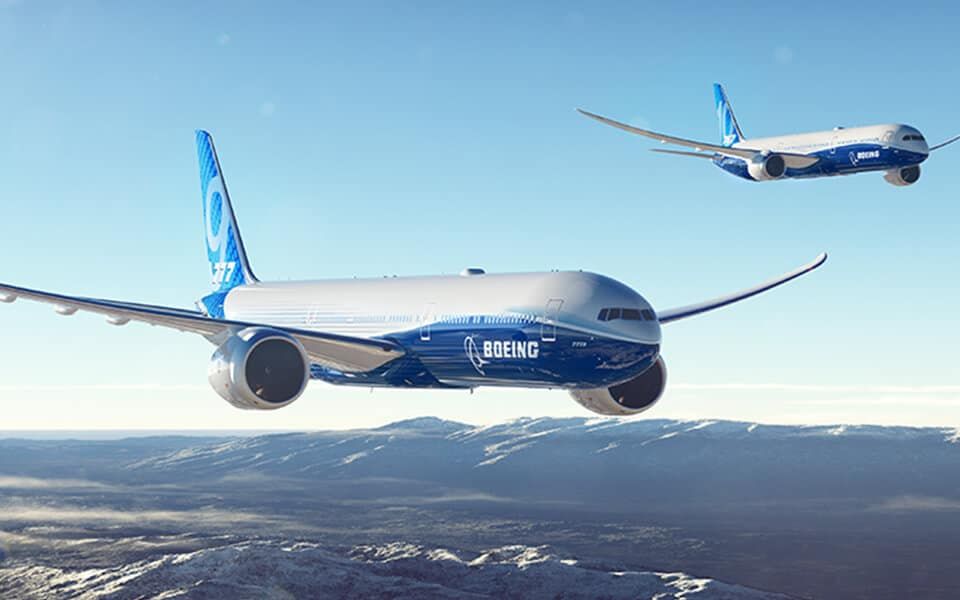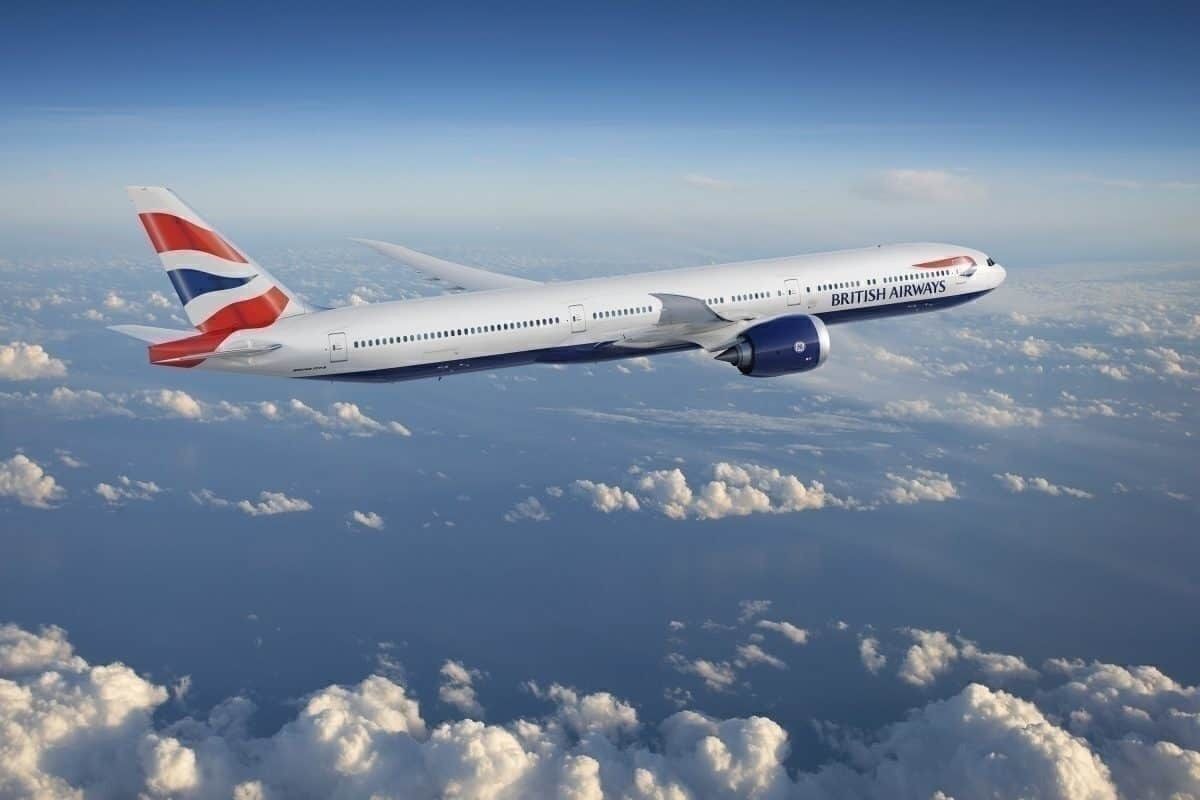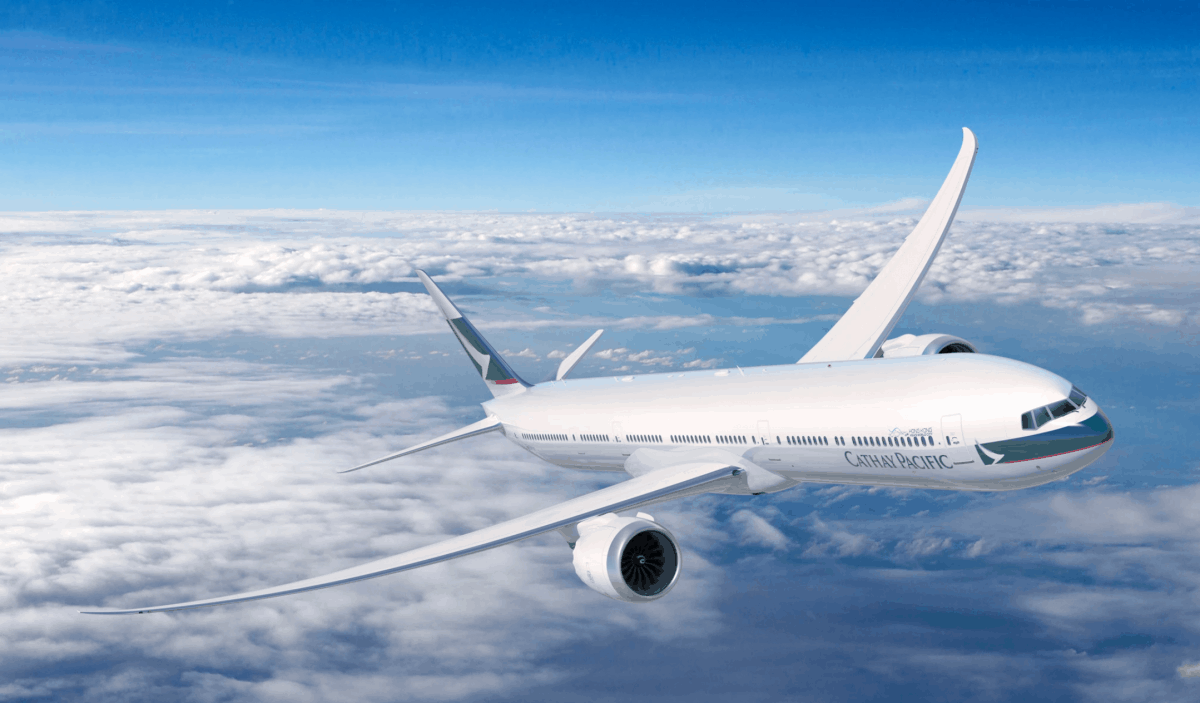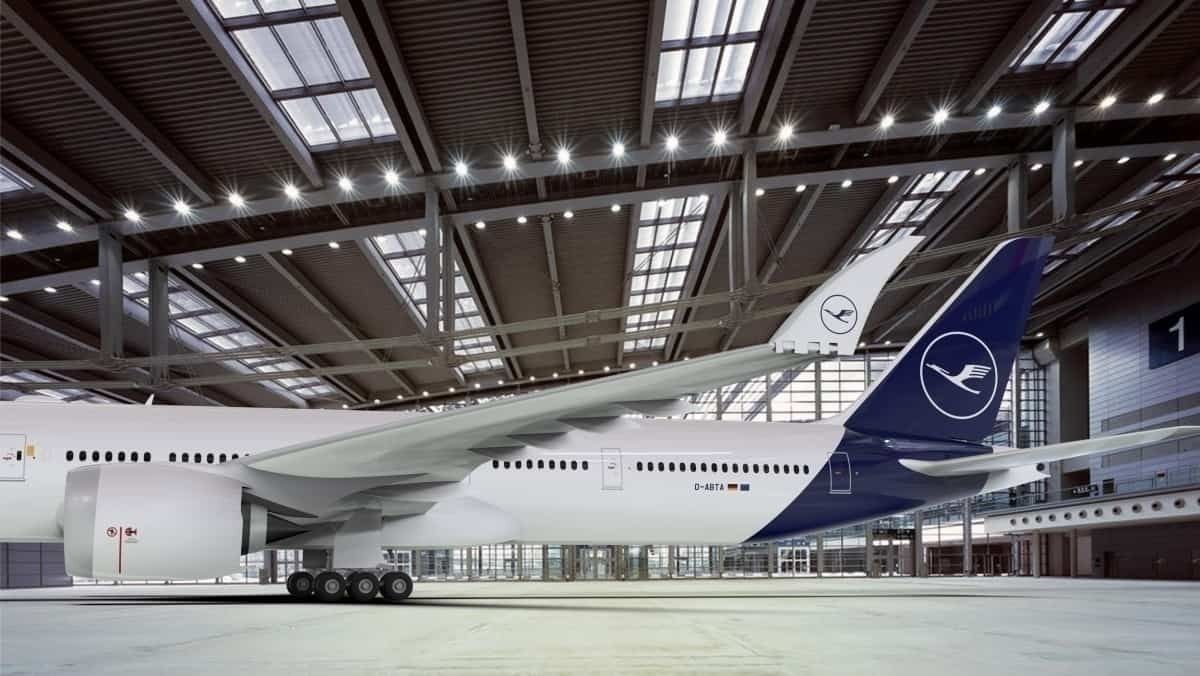Boeing's earnings call, published today, was as weak as expected. Struggling under the weight of the coronavirus travel downturn, the planemaker posted a first-quarter loss of $641m. As a consequence of this, the manufacturer is looking to cut thousands of jobs, and the production rate of some of its flagship aircraft, including the 777X.
Boeing's earnings call bombshell
The first-quarter results from Boeing were as dismal as expected. Already struggling with the burden of the 737 MAX, the company has been further hamstrung by the outbreak of COVID-19, leading it to shut a number of factories for a time.
As part of the earnings call, Boeing reported some slowdown in its production rates. As expected, its Dreamliner production will be cut to 10 per month in 2020, further reducing to seven a month by 2022. What was unexpected, however, was a similar slowdown in the production rates of the 777 and 777X. Boeing's report said,
The 777/777X combined production rate will be reduced to 3 per month in 2021
According to Boeing's website, the current production rate of the 777 and 777X combined is five per month. A cut of two per month would take the plane maker's annual output from 60 to just 36, a drop of more than a third.
Boeing's backlog suggests 68 777s are still to be delivered, most of which are likely 777F cargo aircraft. The 777X, however, has a backlog of 309 airplanes, with customers including Emirates, Qatar, Lufthansa and British Airways. At a rate of just three per month, these airlines will be waiting more than a decade for their ordered airplanes to be delivered.
Boeing President and CEO David Calhoun commented in a press release,
"The COVID-19 pandemic is affecting every aspect of our business, including airline customer demand, production continuity and supply chain stability. Our primary focus is the health and safety of our people and communities while we take tough but necessary action to navigate this unprecedented health crisis and adapt for a changed marketplace."
Is the 777X just too big for a post-corona market?
With air travel suffering its most significant downturn in history, questions are being raised regarding what sort of industry we'll see emerging when demand starts to return. All predictions point to a slow and gradual pickup in demand, with analysts suggesting a period of three to five years for it to return to previous levels. Some say things may never be the same again.
With demand anticipated to be sluggish, aircraft like the 777X may just be too big for the emerging market. Just last week, Hong Kong-based Cathay Pacific was mulling a switch to the largest Dreamliner in lieu of its 777X order. The Boeing 787-10 is considered easier to fill, with just 336 seats compared to the 426 of the 777-9. It's also a solid 25% less to buy.
The announced cut in production rates suggests that Boeing is anticipating cancellations or deferrals of its pending orders. It did say that production rates were under constant review, so these could change again if demand picks up faster than anticipated.
Despite the bleak outlook for Boeing, its leadership remains positive, as Calhoun concluded,
"While COVID-19 is adding unprecedented pressure to our business, we remain confident in our long term future … Air travel has always been resilient, our portfolio of products and technology is well positioned, and we are confident we will emerge from the crisis and thrive again as a leader of our industry."
What do you make of the production slowdown on the 777/777X line? Let us know your thoughts in the comments.




